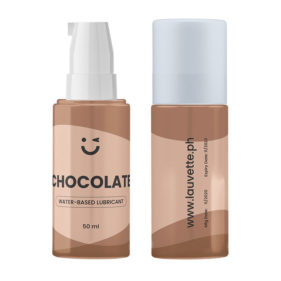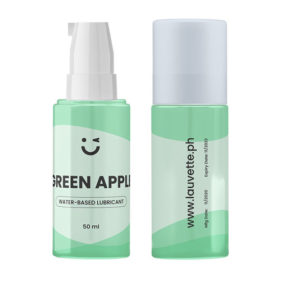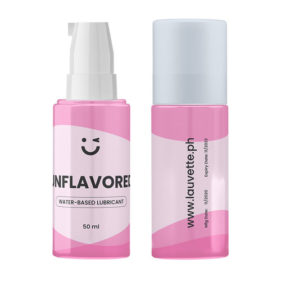
You know how when you add salt into your dishes, it can go two ways? One, it can get too salty and less appetizing to eat. The other brings out more flavor and heartiness in a rather bland dish. Well, that can apply to your relationships, wherein giving some “salt” or saltcoating may either make it better or distance you both away. Delivery plays a part here, among many other factors.
If you want to know more about the picture we painted, keep on reading a short guide down below.
What is Saltcoating?

Saltcoating is when you present and come clean with your thoughts to someone directly and straightforwardly. In return, it feels brutal and powerful. But at the end of the day, it expresses honesty and concern from the saltcoater (the person who gets real) with their companion. Anyone can be a saltcoater and the person being saltcoated.
This term is the opposite of sugarcoating, wherein you express positivity towards someone and their choices. Moreover, saltcoating is applied to your romantic relationships, friendships, family, work, your self-talk, and even online.
The best example of saltcoating is based on a series of videos online of girls asking their guy friends about the person they’re dating or seeing (mainly a man). Based on the information the girl gives their guy friend, they would simply and bluntly lay it down on them what the guy expects and wants from them. They would know because they’ve had their share of the things the girl’s guy has done or lived up to certain relationship standards to know if said guy is a fraud.
Given this, receiving their input hurts so bad (yet it’s so true) because they don’t hide around the bush and fully address what’s (maybe) going on.
Is Saltcoating a Good Thing or a Bad Thing?
Well, it depends on a certain set of factors.
Factors can include:
- Tone and Delivery (How you do it)
- Intent (Why you’re doing it)
- Companion involved (Who you’re dealing with)
- Location and Time (When you do it)
- Aftermath (What happens after)
-
₱1,894.00
-
₱1,694.00
-
₱1,694.00
-
₱1,894.00
How to Effectively Saltcoat Someone With Good Intentions
Learn just how to lay out the truth to someone through this helpful section.
1 Gather your thoughts.

So you find yourself in a situation wherein someone you care about may potentially enter something risky or bad, you want to save them from it. Moreover, you want to be straightforward with it. With that, you want to get clear with what you’re feeling about the situation and why you want to address them in the first place.
Also, don’t let your emotions take too much of your energy just yet. That way, you’re not impulsive, focusing more on being intentional and strategic. Plus, you avoid getting messy when you’ve gathered your thoughts and know what you want to say.
2 Know and remember your intention.

Being intentional is being truthful to yourself and those around you. What’s the truth or intention behind saltcoating your friend? Is it out of concern? Am I trying to help them out? Or am I releasing other feelings that’ll benefit them? Your intention when you’re saltcoating someone must come from a good place — out of care and love. Aim to gain growth, relief, and resolution during this time that’ll further enhance your self-care and self- development journey and theirs too.
3 Check your tone.

Literally, this holds a lot of power. Speaking in the wrong tone can only set up disaster and tension between the saltcoater and the person being saltcoated. While your words mean well, the tone can defy that. With that in mind, have a calm yet firm tone so you still embody respect and concern. Even if the message behind your words sting a bit or a lot. Praticing this ahead of time can also give you room for improvement before you face them.
4 Own your perspective.

It’s so easy to want to back out or switch your thoughts into positive ones because of the fear of confrontation. But if you truly care for someone, you gotta learn and give them some tough love through saltcoating. Speak from your experience instead of blaming or scolding them.
You may also use “I” statements to avoid any defensive or fight-or-flight response, such as “I feel unseen when we hang out and catch up.”
-
₱20,940.00
-
₱4,045.00
-
₱7,508.00
-
₱12,600.00
5 Be direct, not destructive.

Avoid beating around the bush, but also don’t say hurtful things or over-exaggerate your points. You’ll only stray away from your true intentions and only create tension between you two.
6 Give some space for the other party.

Saltcoating is a conversation, a chance to communicate what’s been bothering you about them. You’re not there to storm their parade and walk away. So once you’ve expressed everything off your chest while following the other tips above, pause for a moment so the person you’re saltcoating gets to think, process, and talk about their thoughts. Being a good listener is especially important here so they feel seen and you understand more about their actions.
Towards the end, you may even say something like, “This was a challenging conversation to have, but I initiated it because I care about you.” It makes the mood more inviting and optimistic. You even honor your and their boundaries here, which is such a win!
-
₱150.00
-
₱150.00
-
₱150.00
-
₱150.00
Takeaway
Saltcoating helps people become more honest and clear with others when something is off and not right. It’s not to be harsh and mean — it’s about being truthful and real with someone you value. It also holds the power to strengthen your relationships with them and prioritize communication regardless of how things are going.
Just remember the varying factors that’ll help you saltcoat effectively because in some situations, a little salt may just enhance your bond and encourage growth and honesty.
For more relationship-related guides, check us out on the Lauvblog here.














